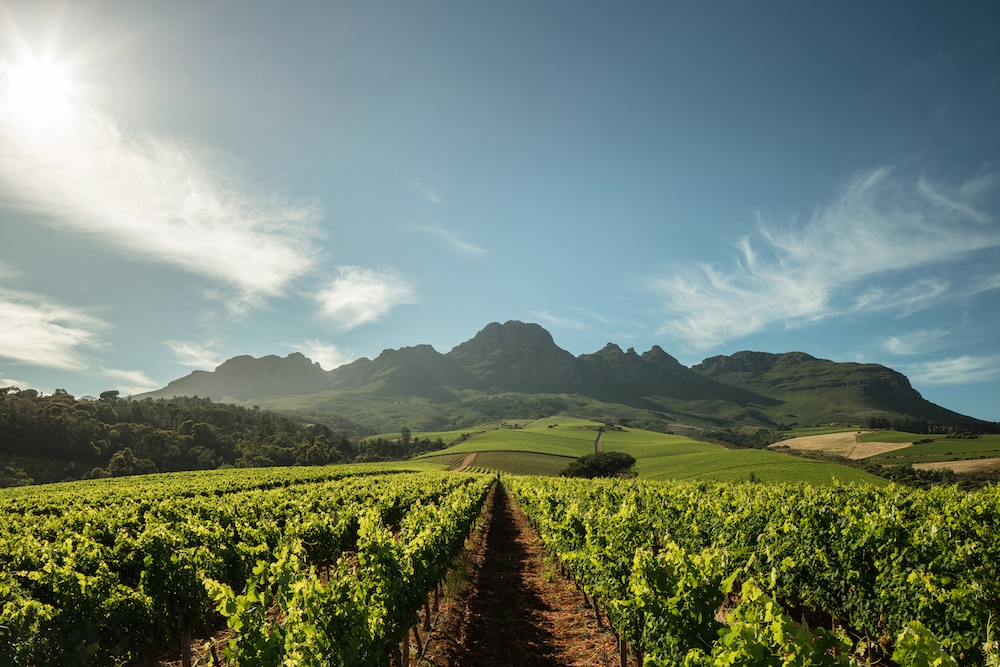
Discovery
16 Oct 2023
Stellenbosch: Crafting a Legacy as "The Other Great Cabernet Region"
Stellenbosch is the heartbeat of South African Cabernet Sauvignon, whose legacy has been nurtured here for over a century, rooted in soils as old as 600 million years. This storied region boasts a landscape sculpted by towering mountains and nuanced valleys where Cabernet Sauvignon has become inseparable from its identity. Furthering its international footprint, Stellenbosch Cabernet was founded as a collective, underscoring a decade-long journey of refining Cabernet Sauvignon and beckoning the curious Cabernet Sauvignon drinker to delve deeper.






